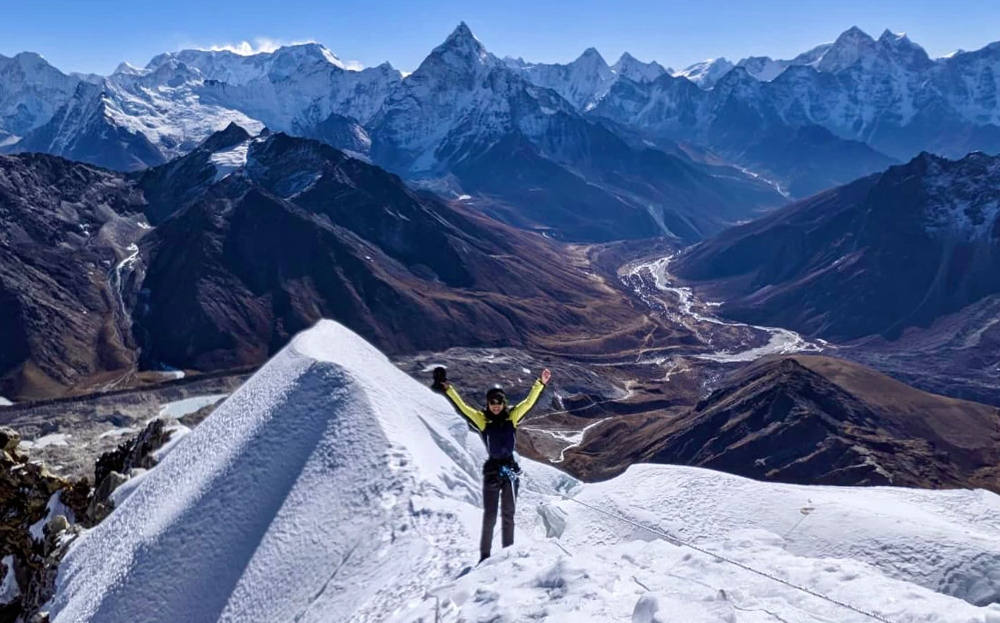US $5499
Lobuche Peak Climbing Overview
Lobuche (also spelt Lobuje) is a Nepalese mountain which lies close to the Khumbu Glacier and the settlement of Lobuche. There are two main peaks, Lobuche east and Lobuche West. A permit to Lobuche Peak climbing is required from the Nepal Mountaineering Association (NMA), which classifies Lobuche East (6,119m) as a “trekking peak” and Lobuche West (6,145m) as an “expedition peak”. As the easier, trekking peak, the East peak is climbed far more frequently than the West peak; however, most of those climbers only do so to a false summit a few hours from the true summit of Lobuche East. Between the two peaks is a long, deeply notched ridge, though a steep drop and considerable distance makes approaching the West peak from the East impossible.
The first recorded ascent of Lobuche East was made by Laurence Nielson and Ang Gyalzen Sherpa on April 25, 1984. Lobuche West was first climbed in 1955 via the South Shoulder.Lobuche East Peak climbing is also Known as an Easy Climbing peak, You need a Good physical Fitness but not necessary to have technical climbing Training.trekkers combine this Peak with Trekking in Classical Everest Base Camp Trek. Also the Climbers They climbing this peak who desire to get 8000m. The trekking trip initially begins with a short flight from Kathmandu to Lukla. Right from the get-go, you will be presented with fantastic mountain views and a beautiful display of the Sherpa culture. The journey then takes you through the magnificent alpine and tundra terrains of the Sagarmatha National Park- a Natural UNESCO World Heritage Site. Next, following the beautiful landscape of pine and cedar woods, you will pass through ethnic settlements and villages until you finally reach the summit of the Lobuche Peak.
As an Organizer, Aarush Adventure Pvt. Ltd. Absolutely Organizing Lobuche Peak Climbing is combine with Classical Everest base Camp Trek. First Fly to Lukla (The Most dangerous airport in the world) then Trek passing through the typical Sherpa villageslike Namche, Khumjung, Khunde and Pangboche, amazing Landscape, beautiful rivers, diversity of Flora and Fauna. after summit of Lobuche Peak and Everest Base Camp Trek, eventually back to Kathmandu with thousands of life time Memories.

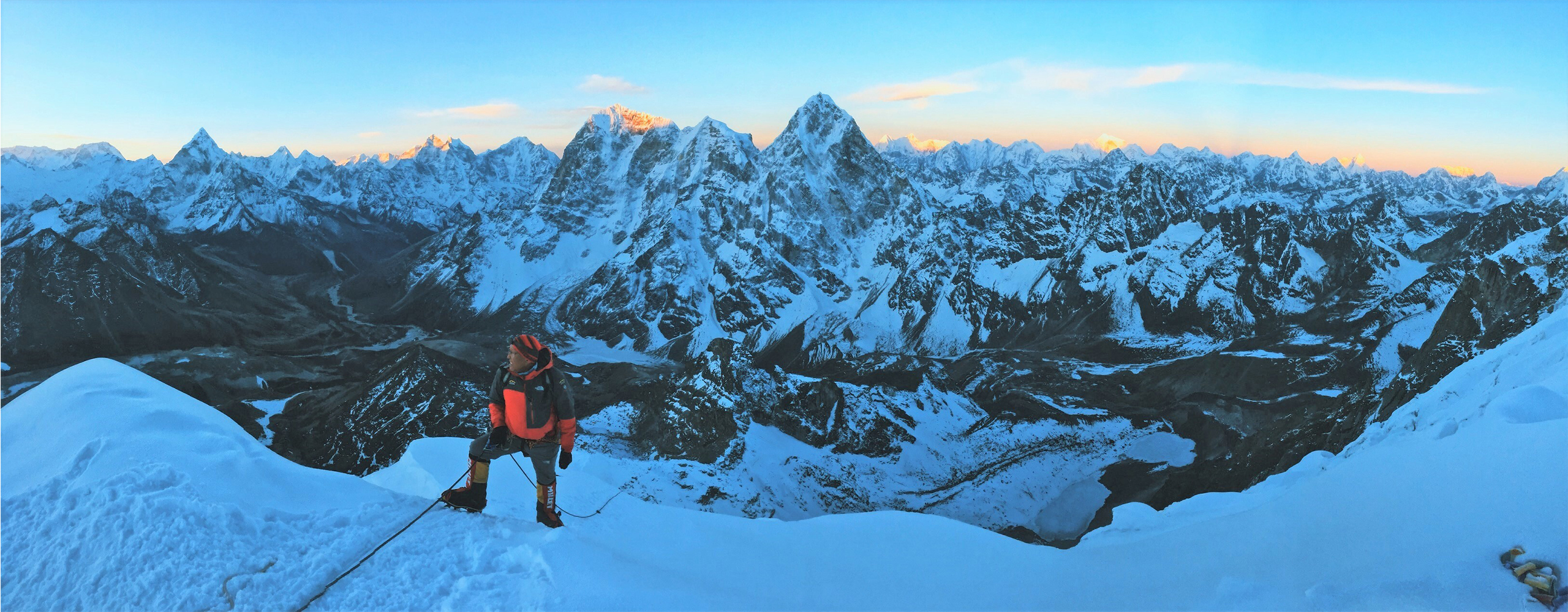




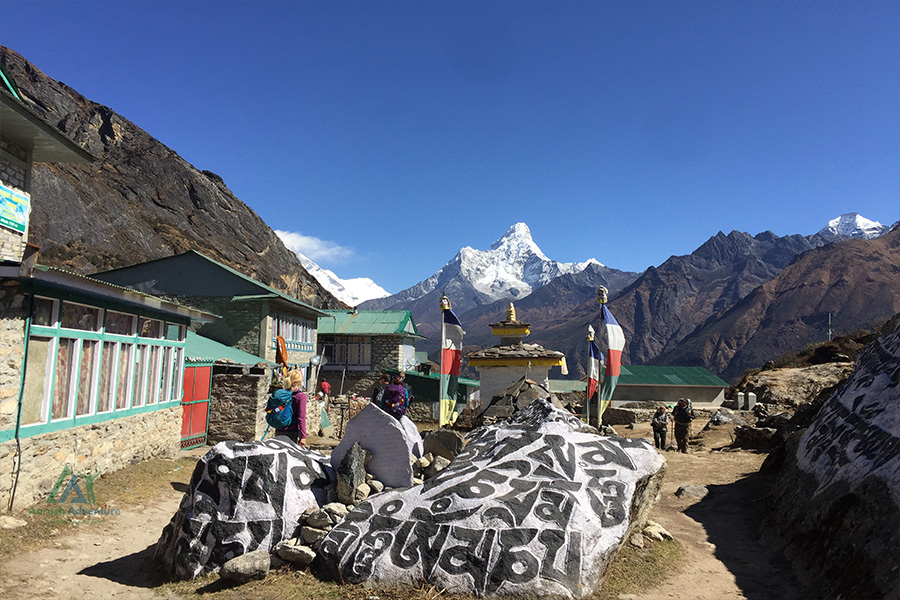

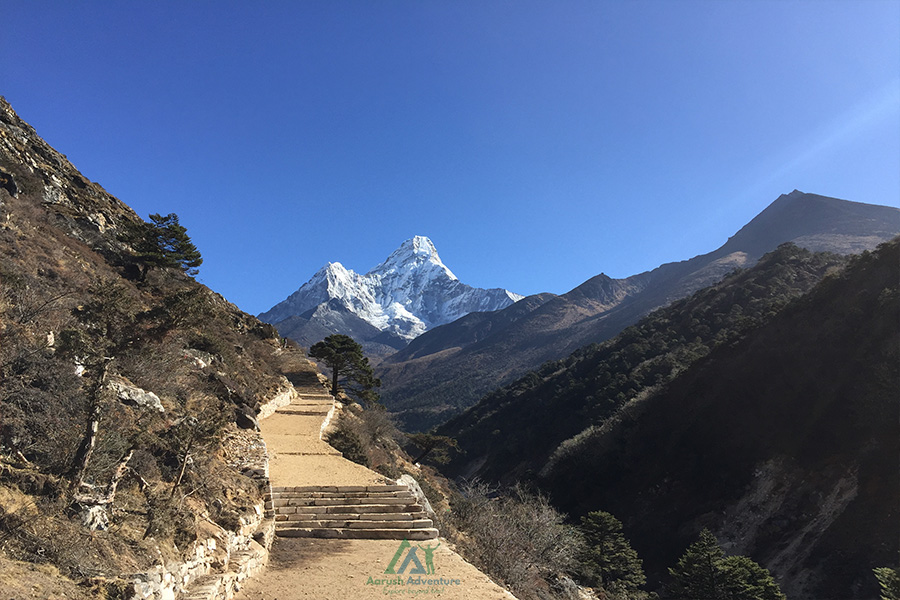
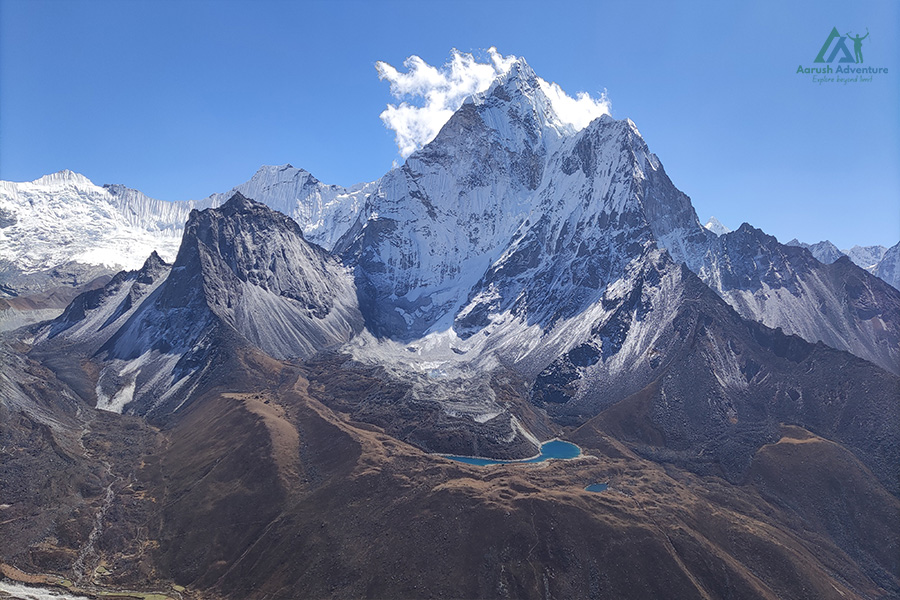
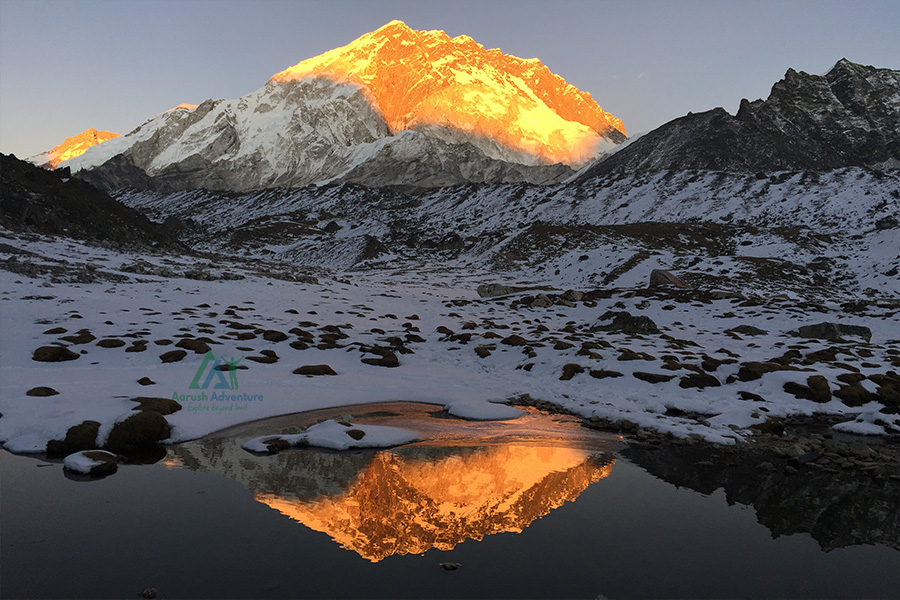
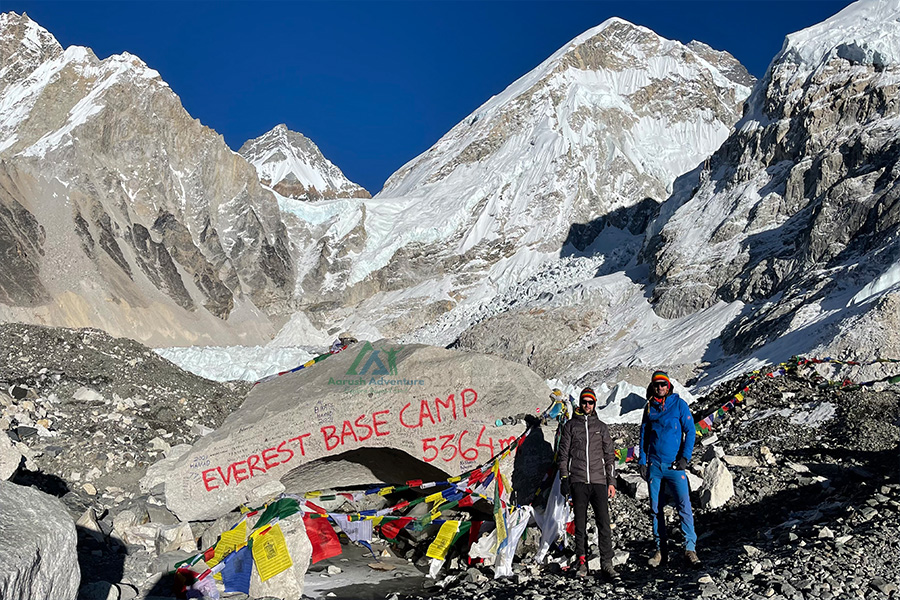

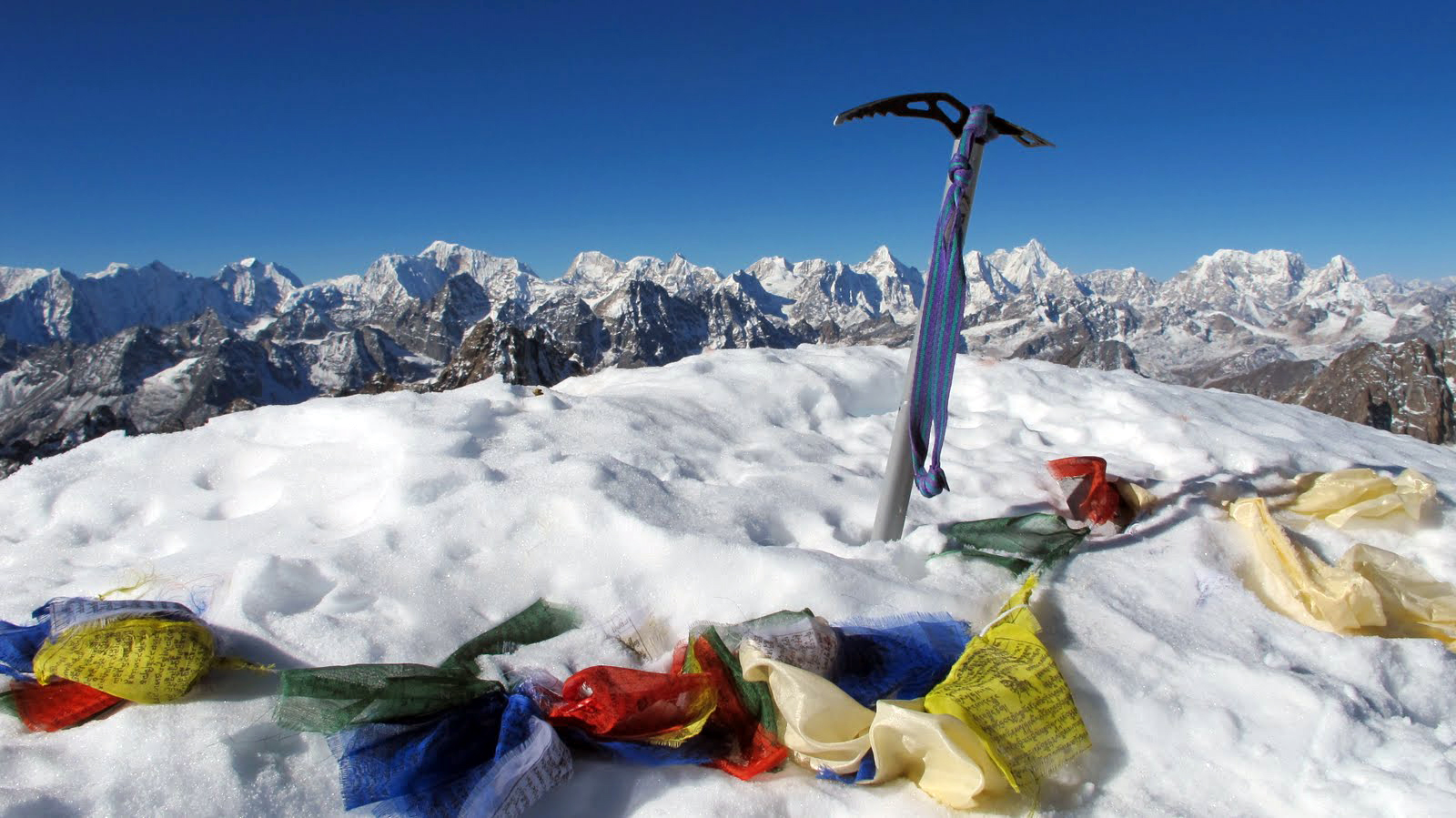
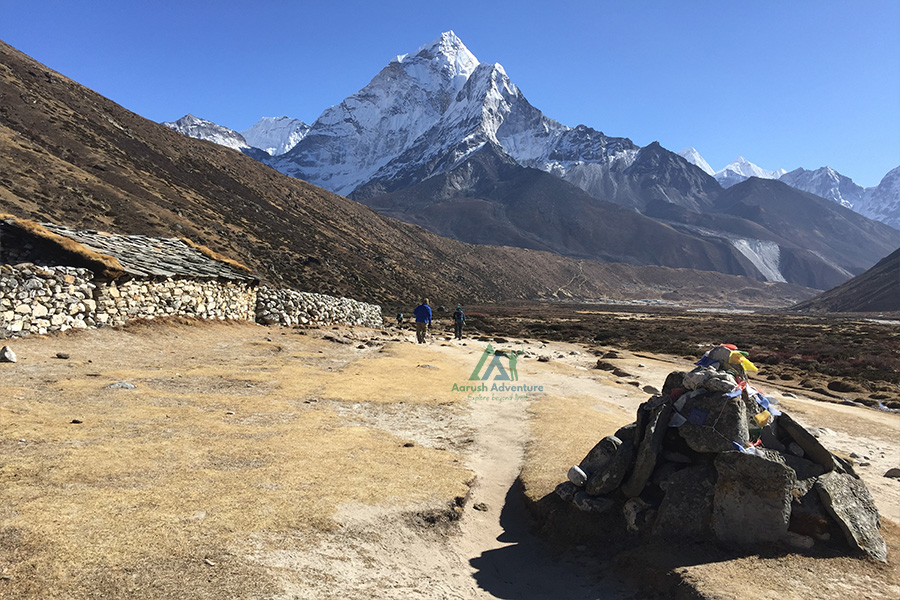
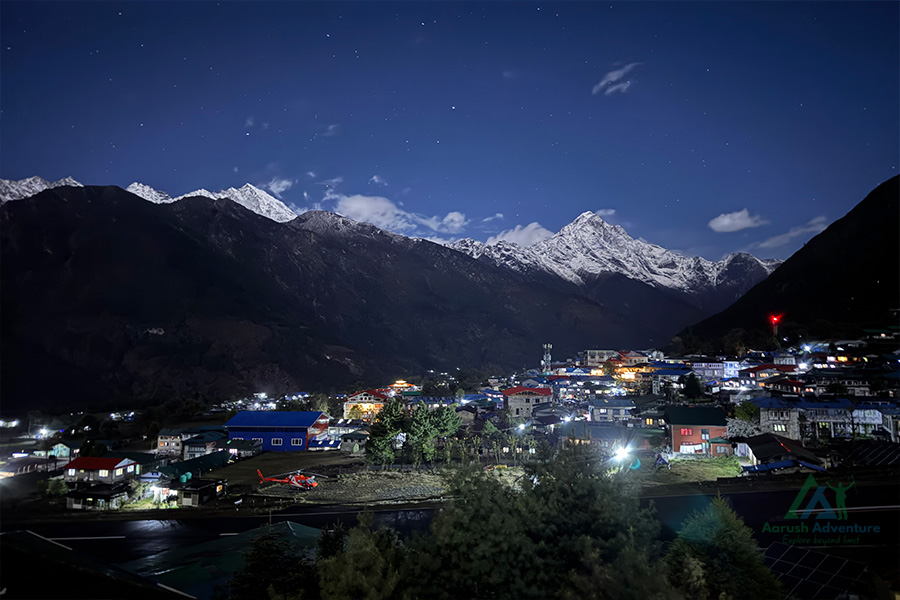


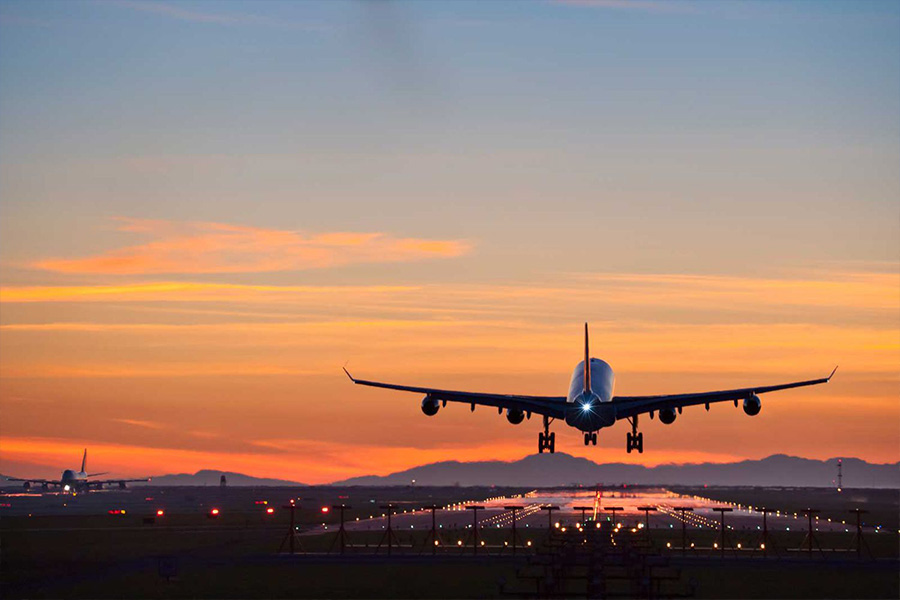


 Have Questions?
Have Questions?




